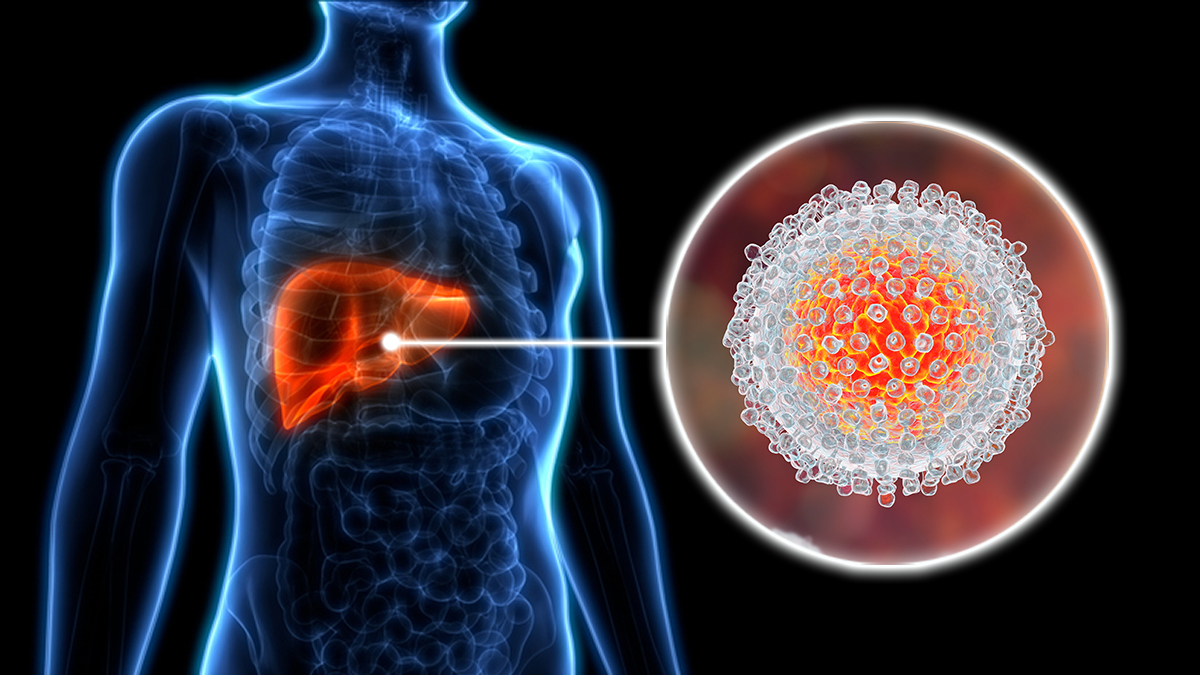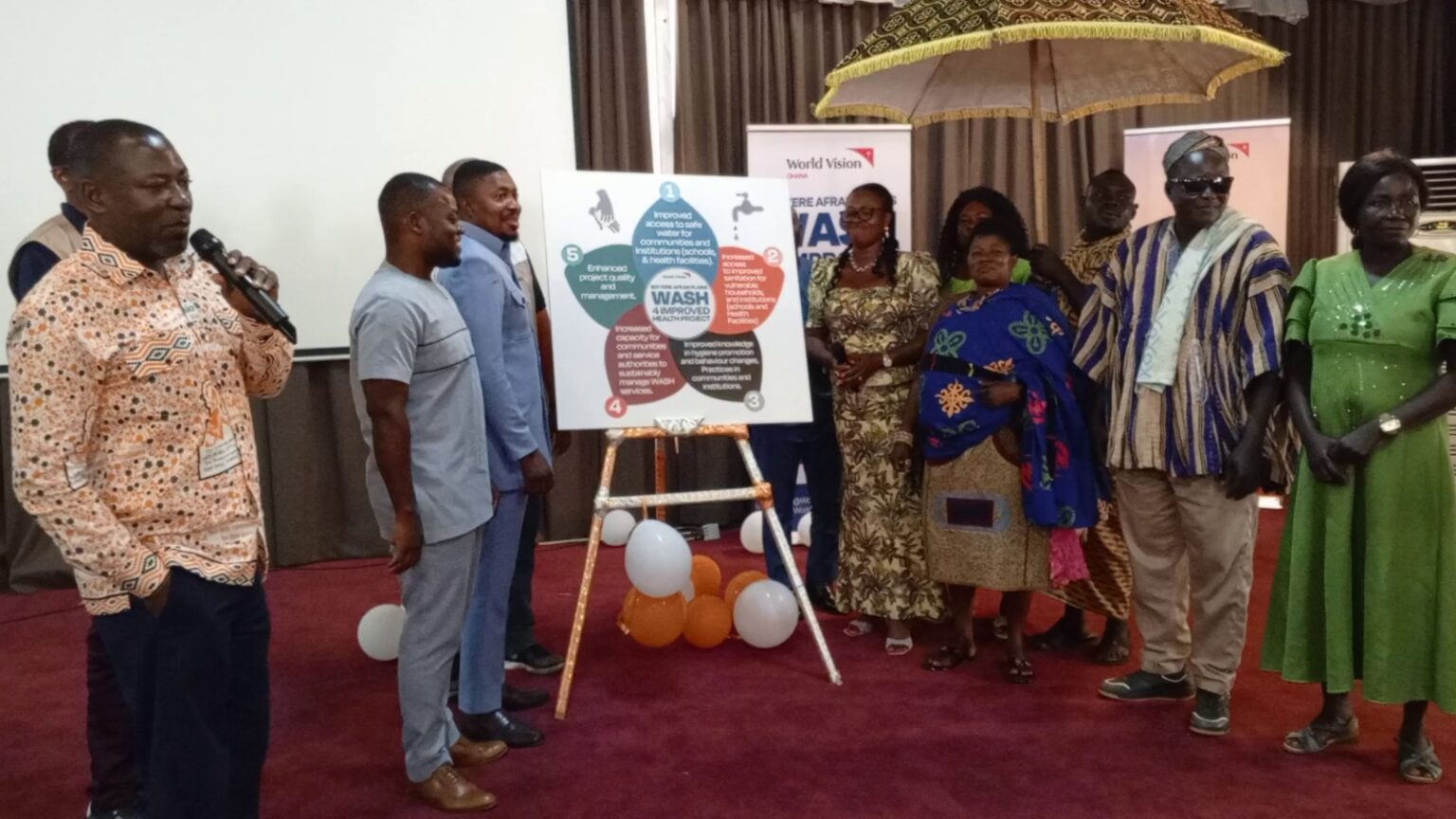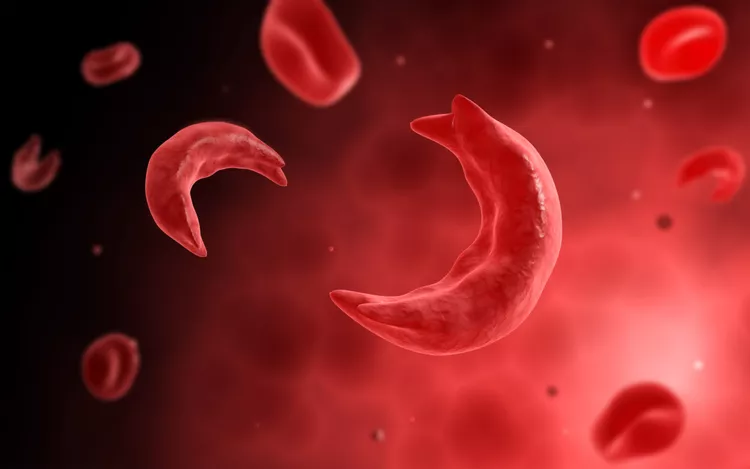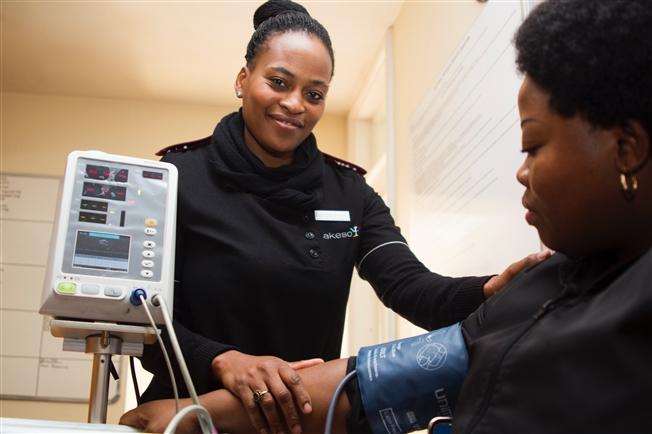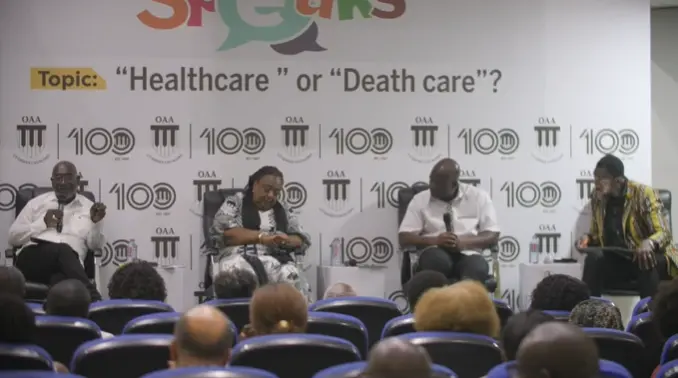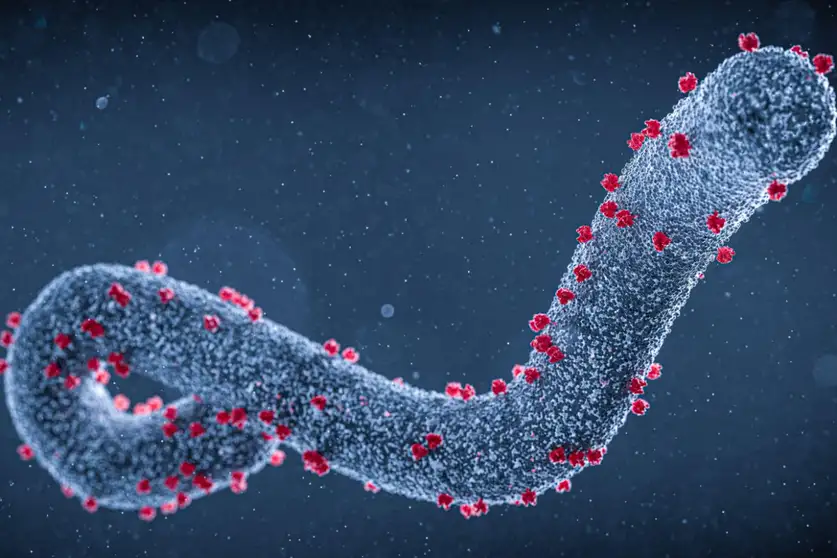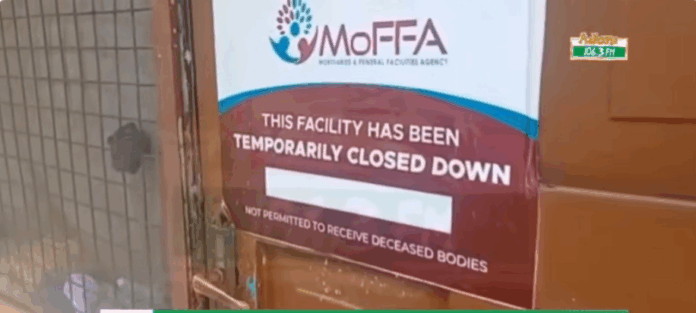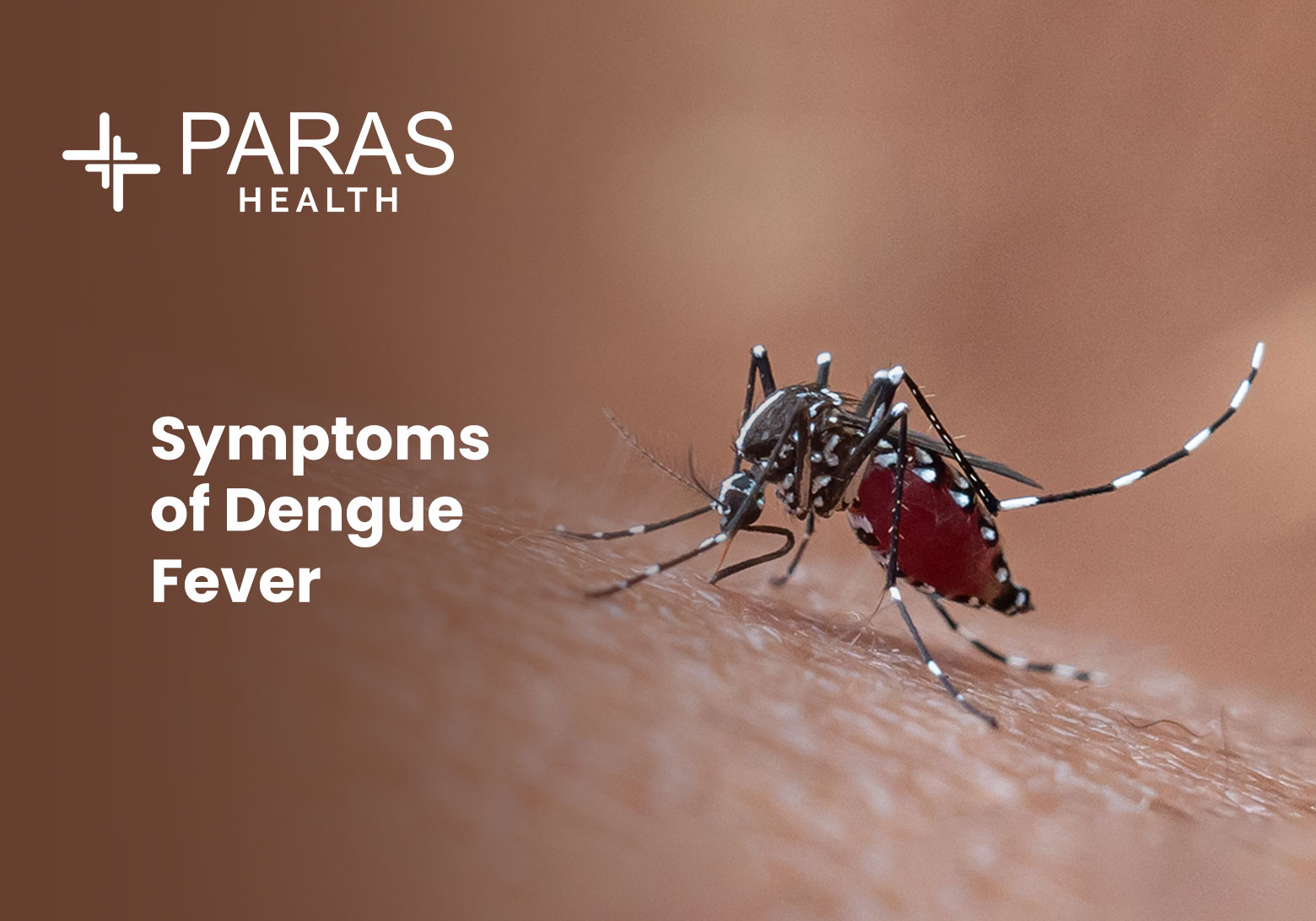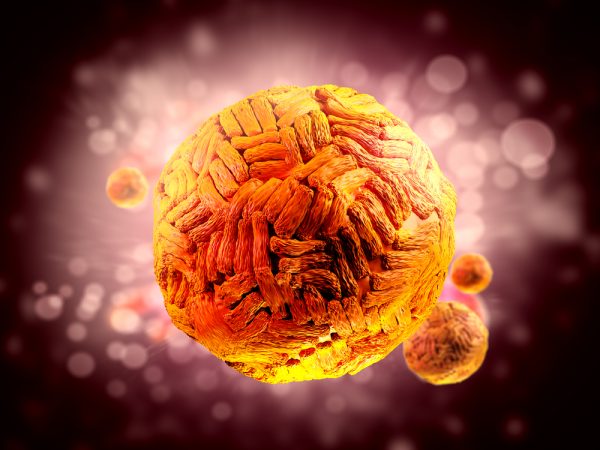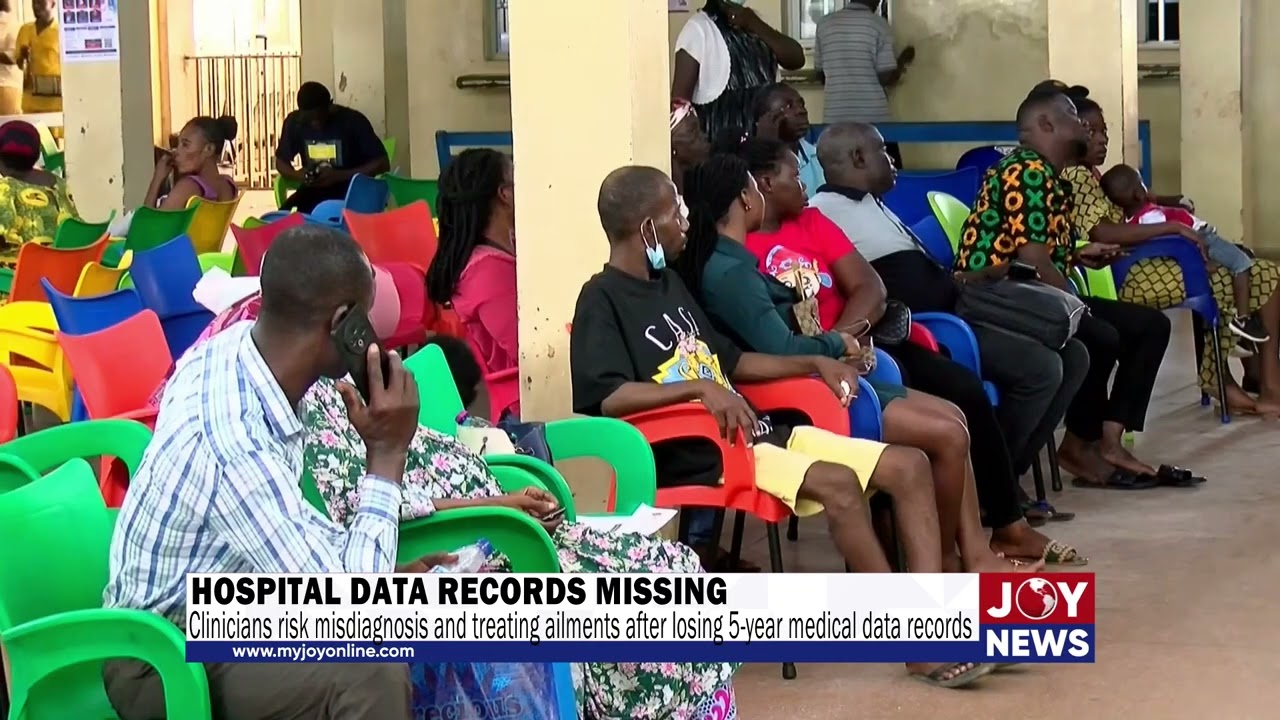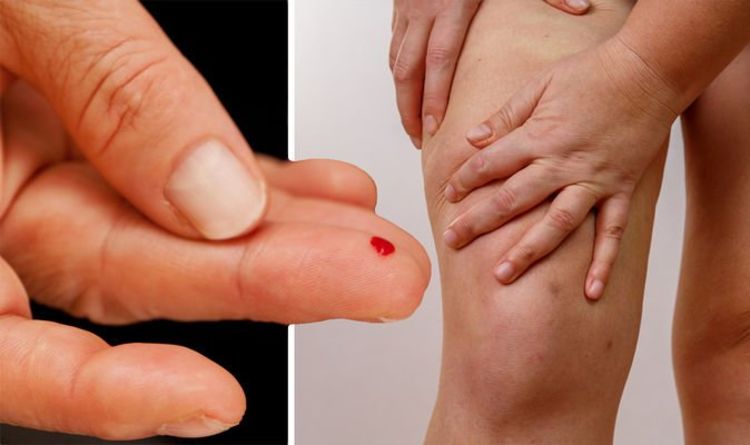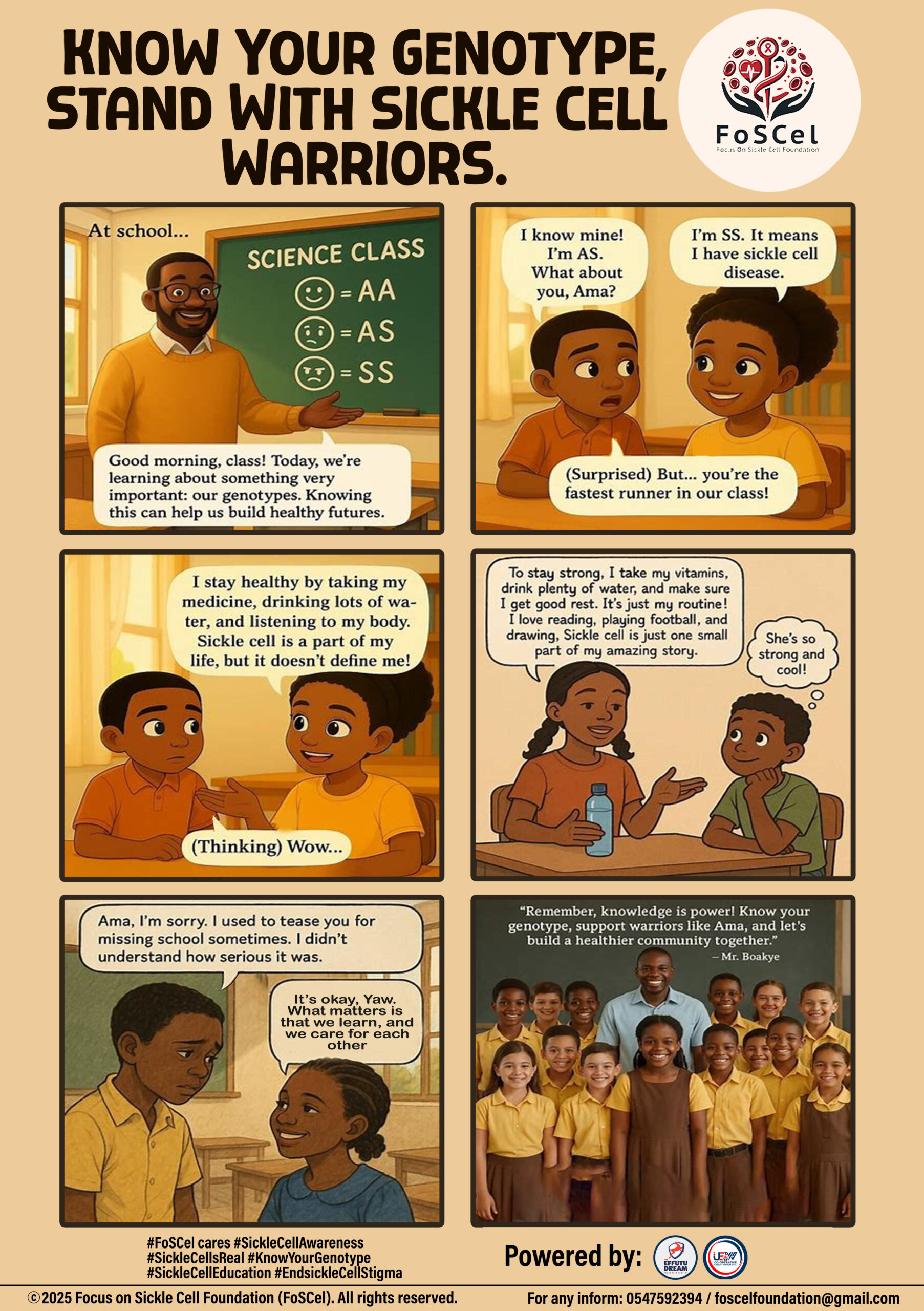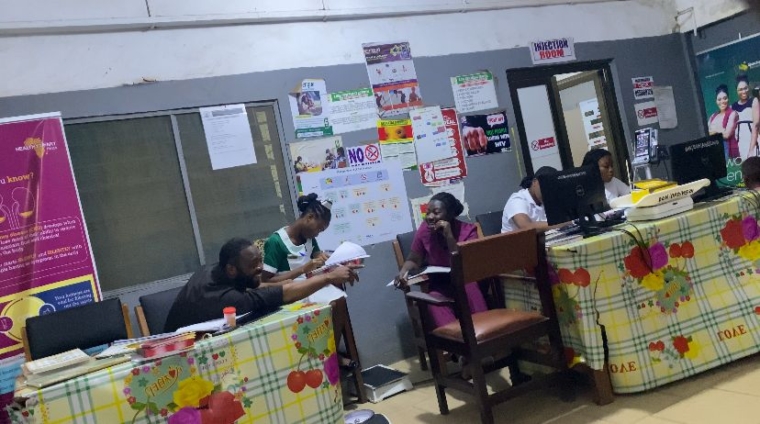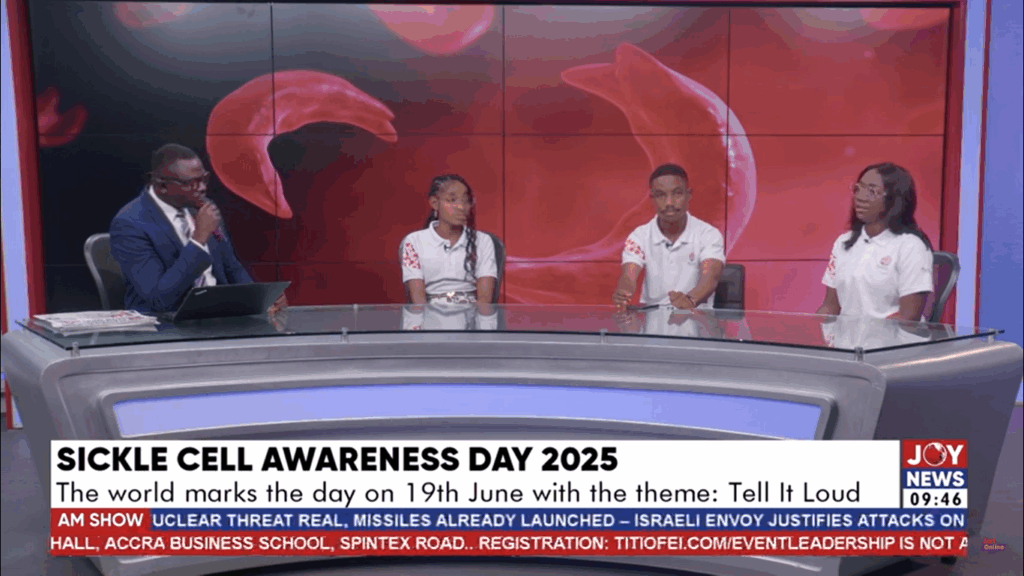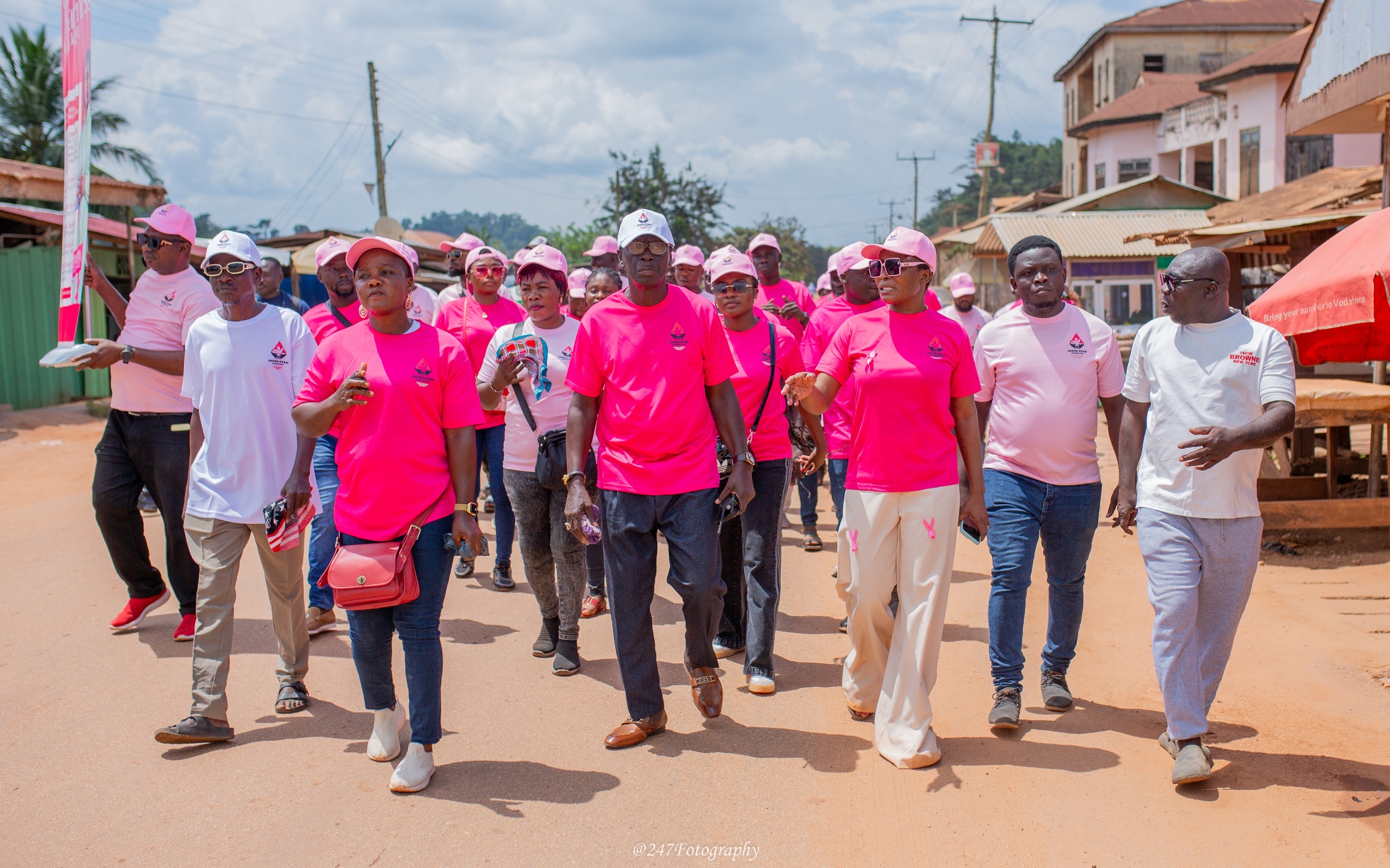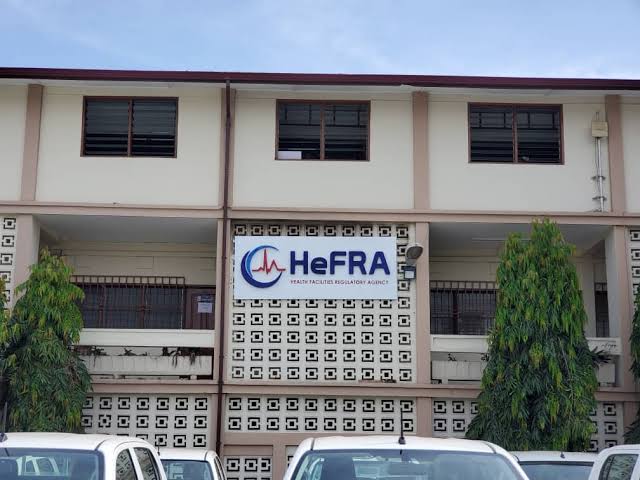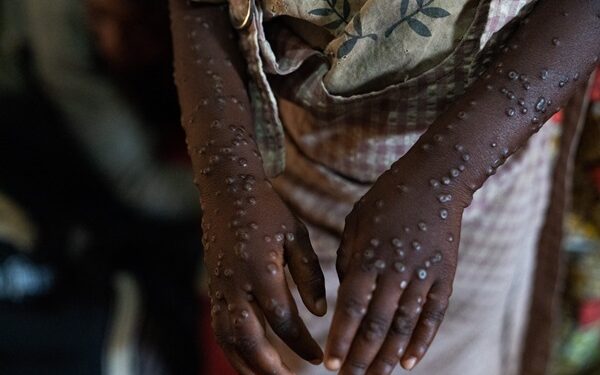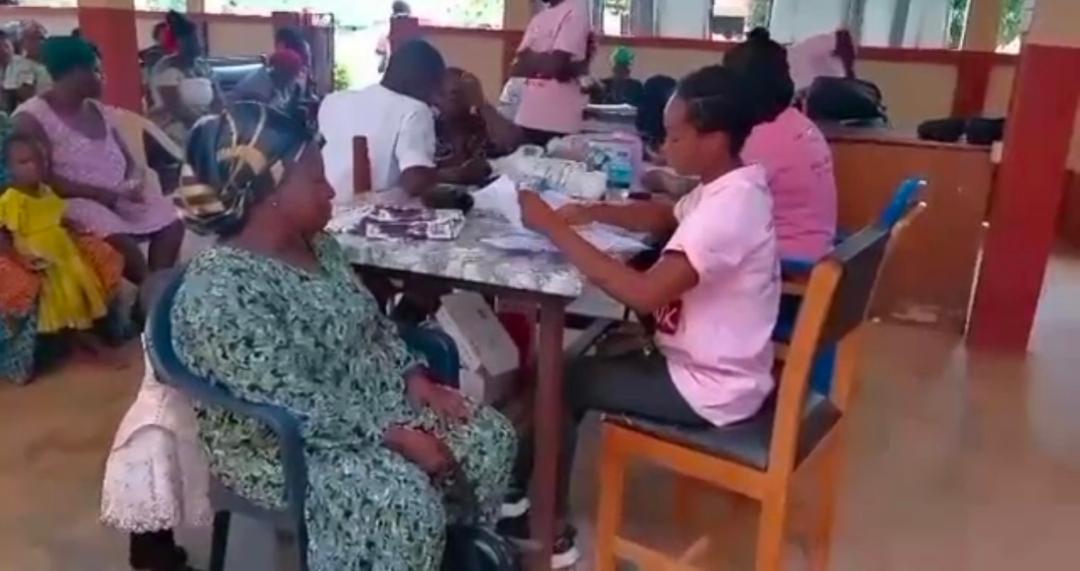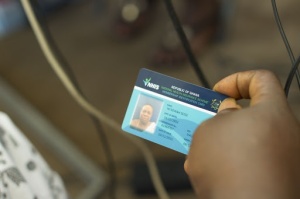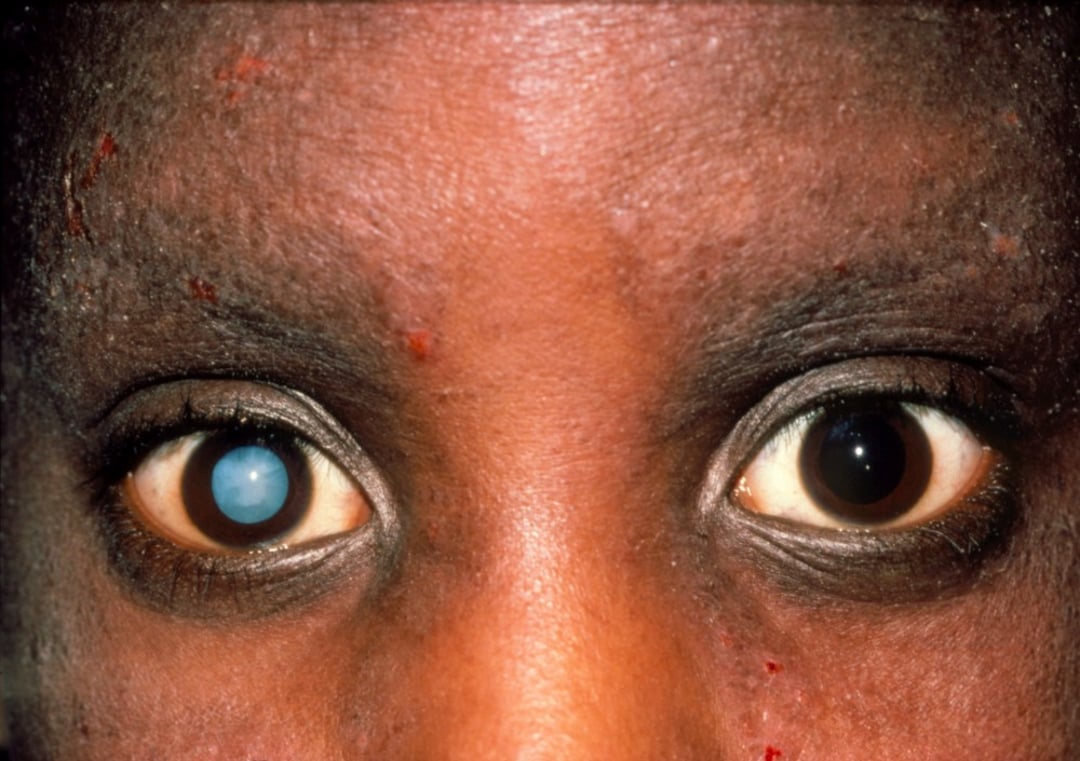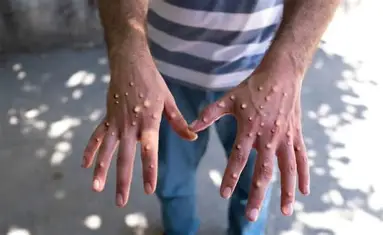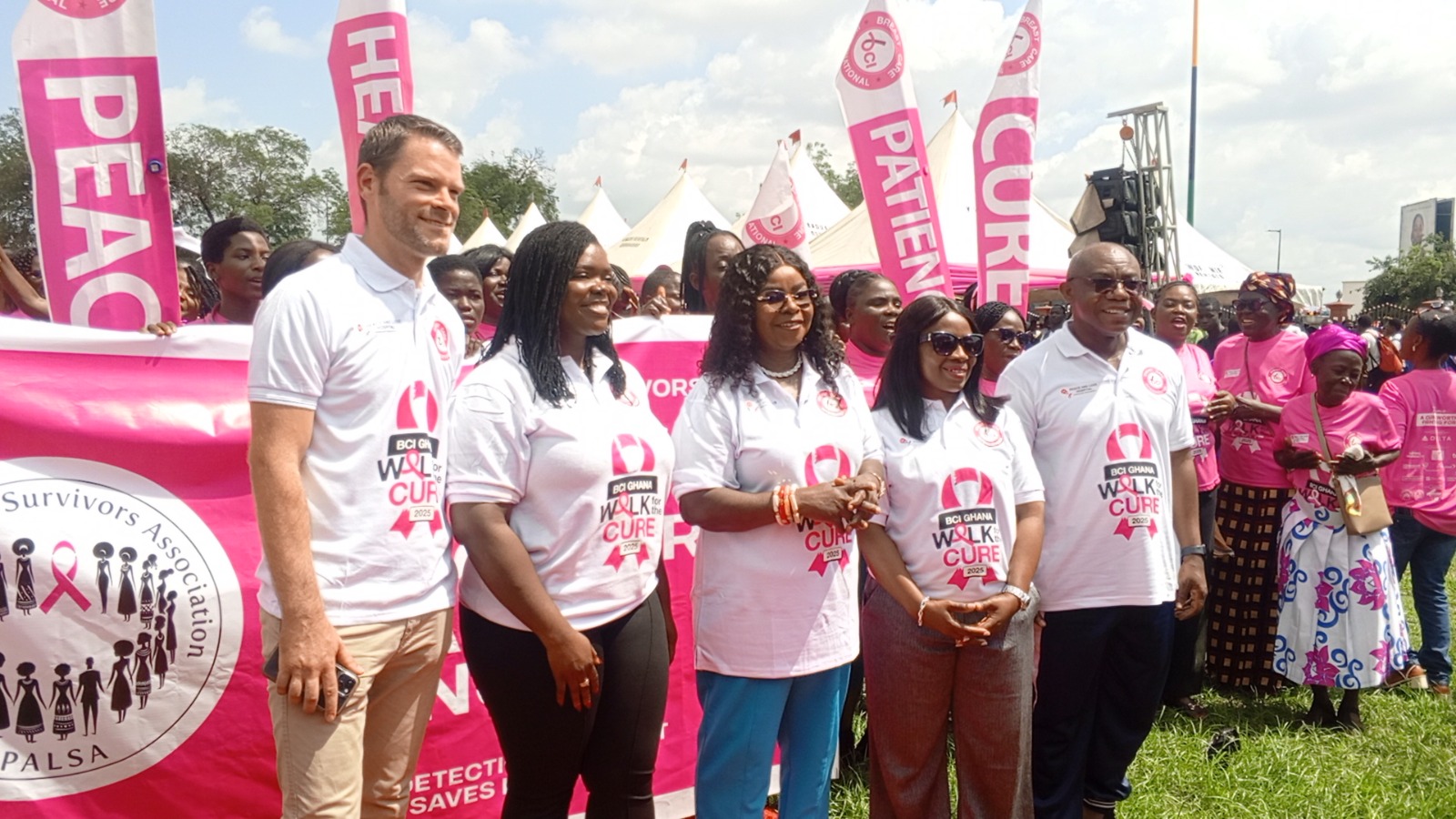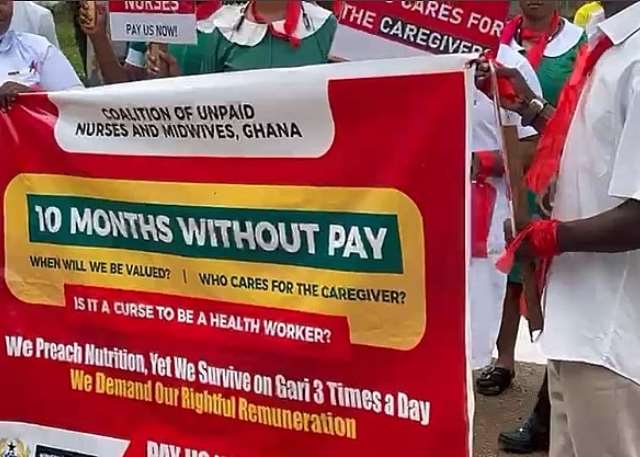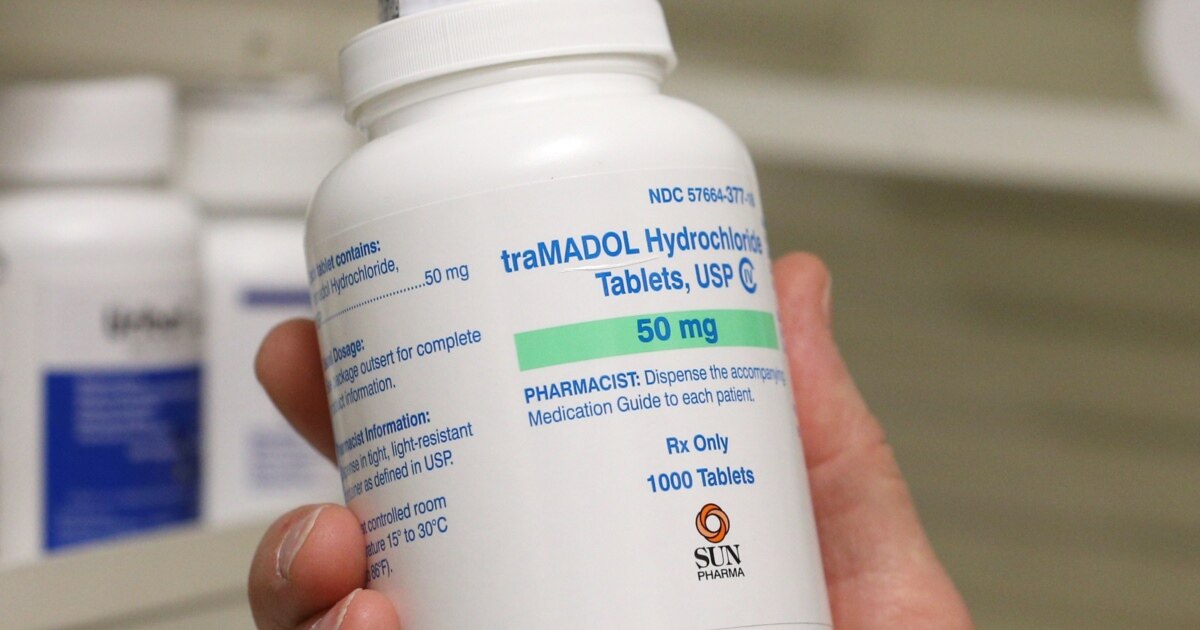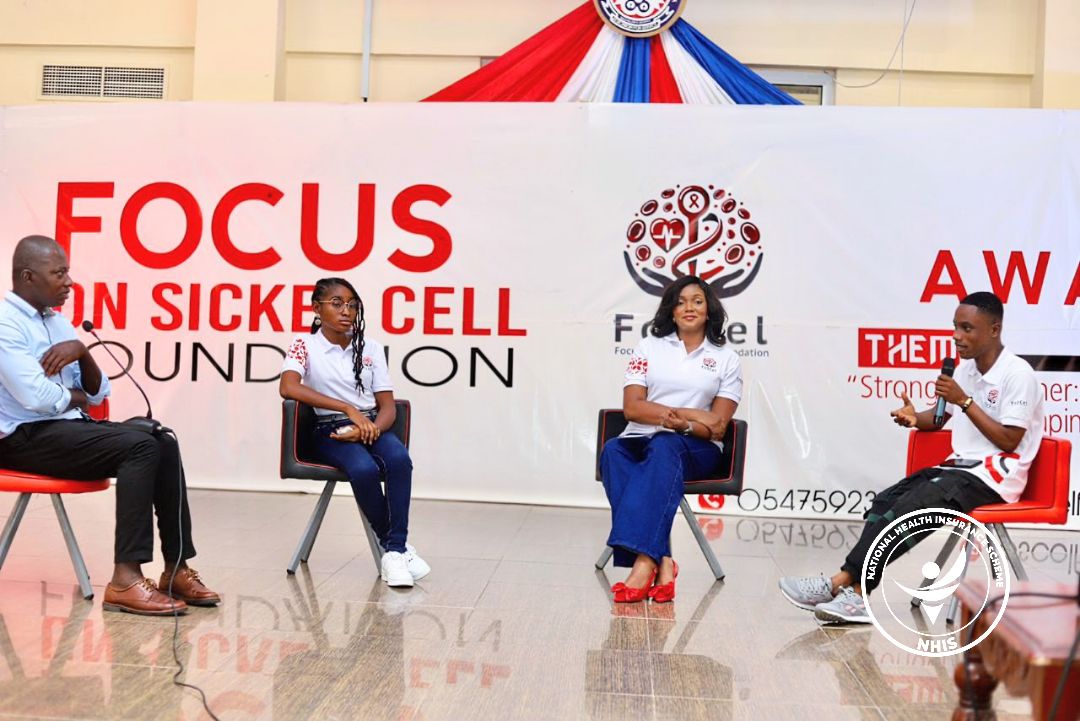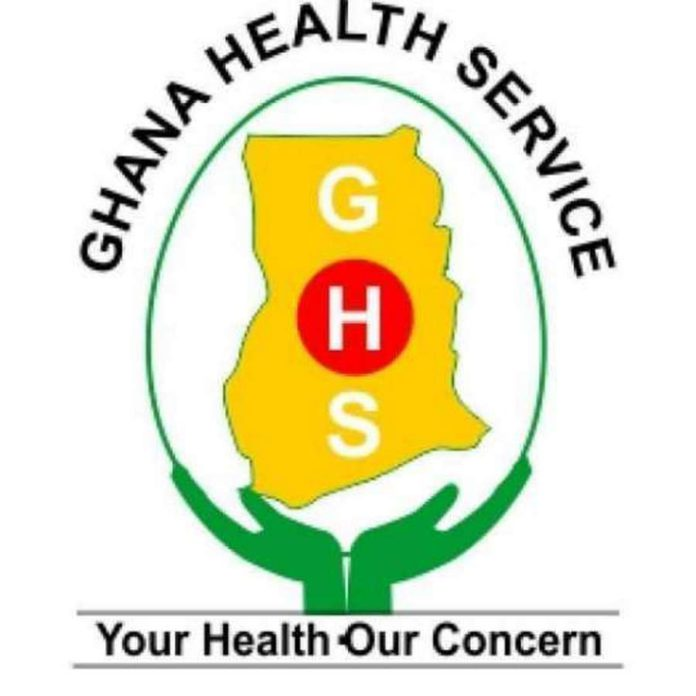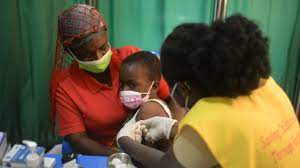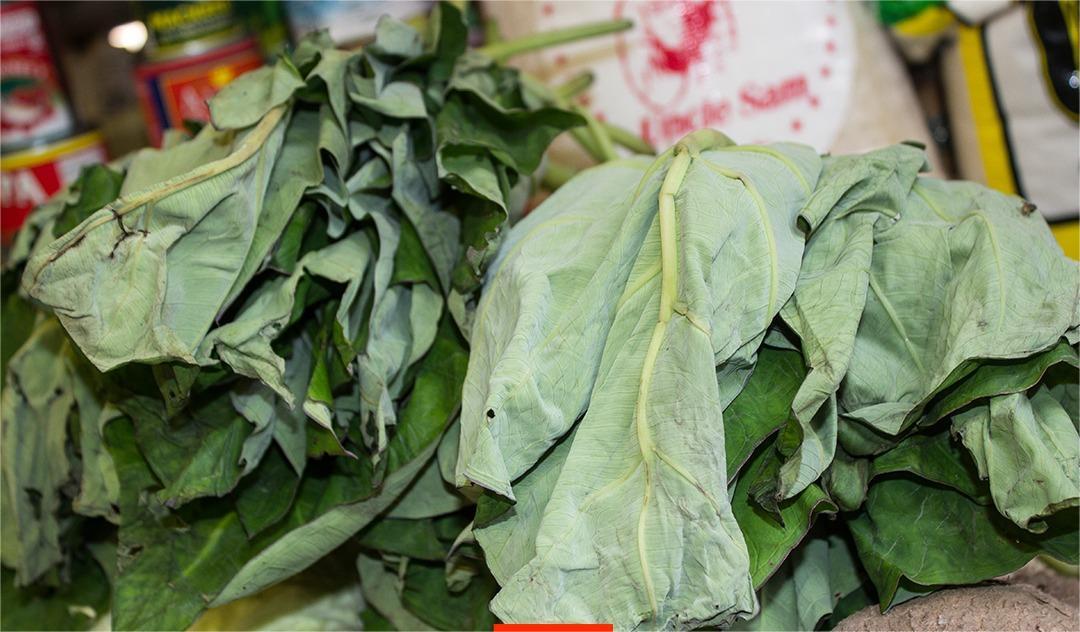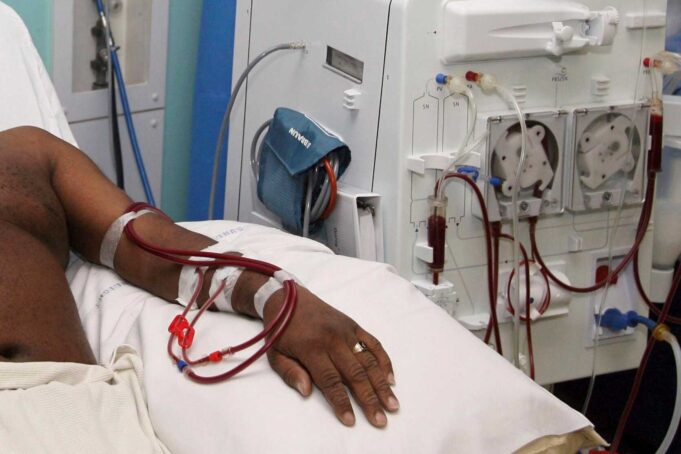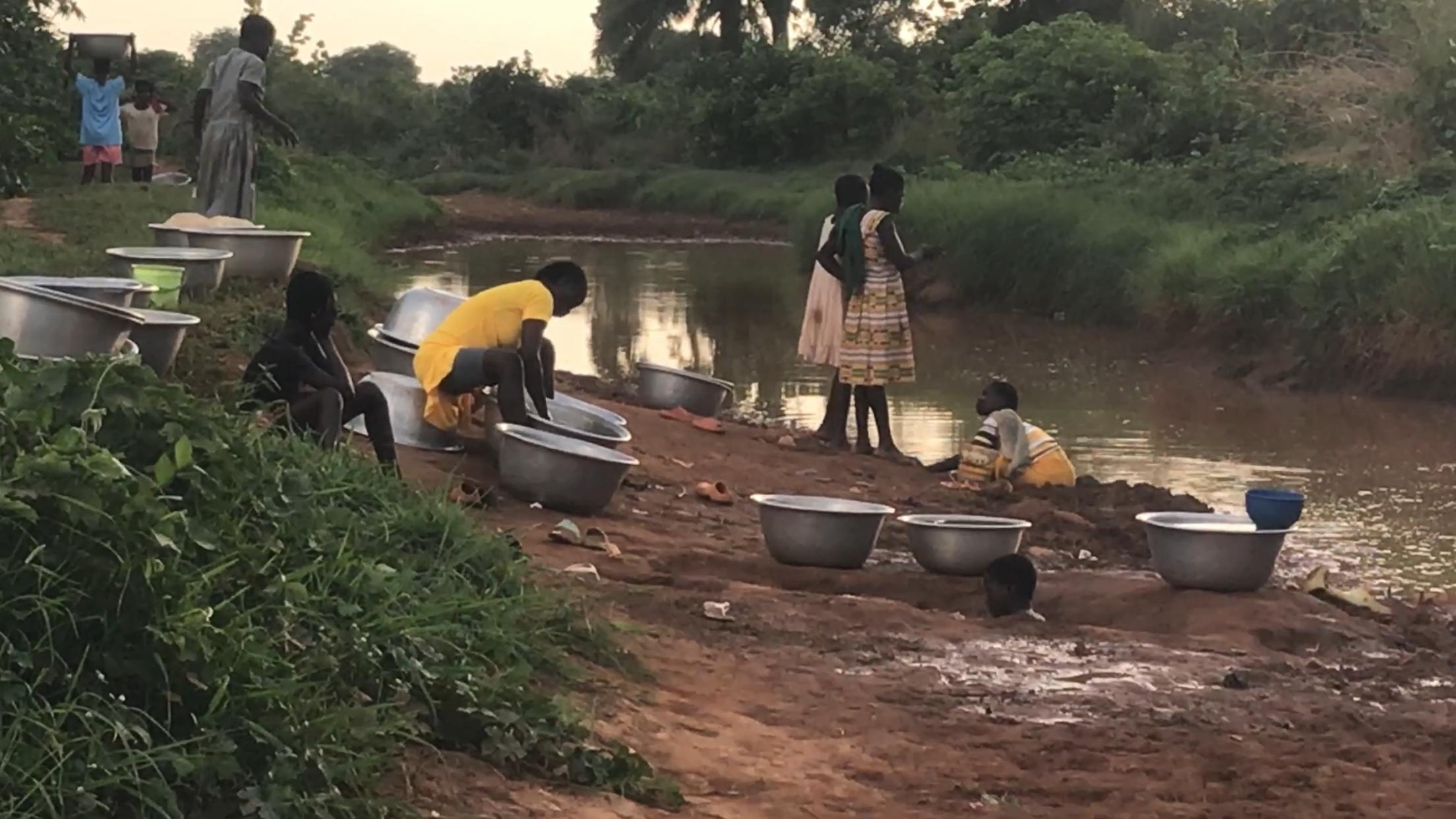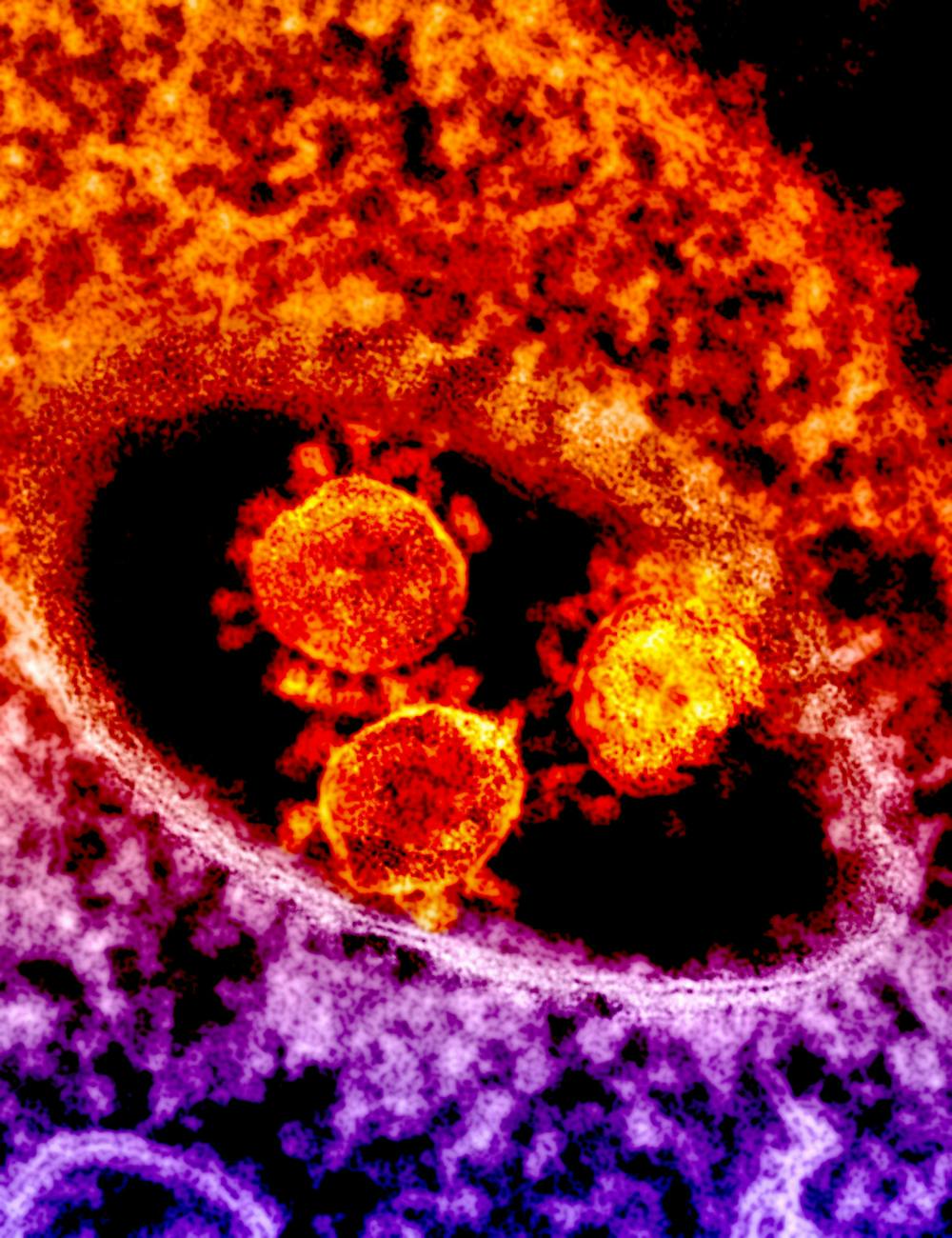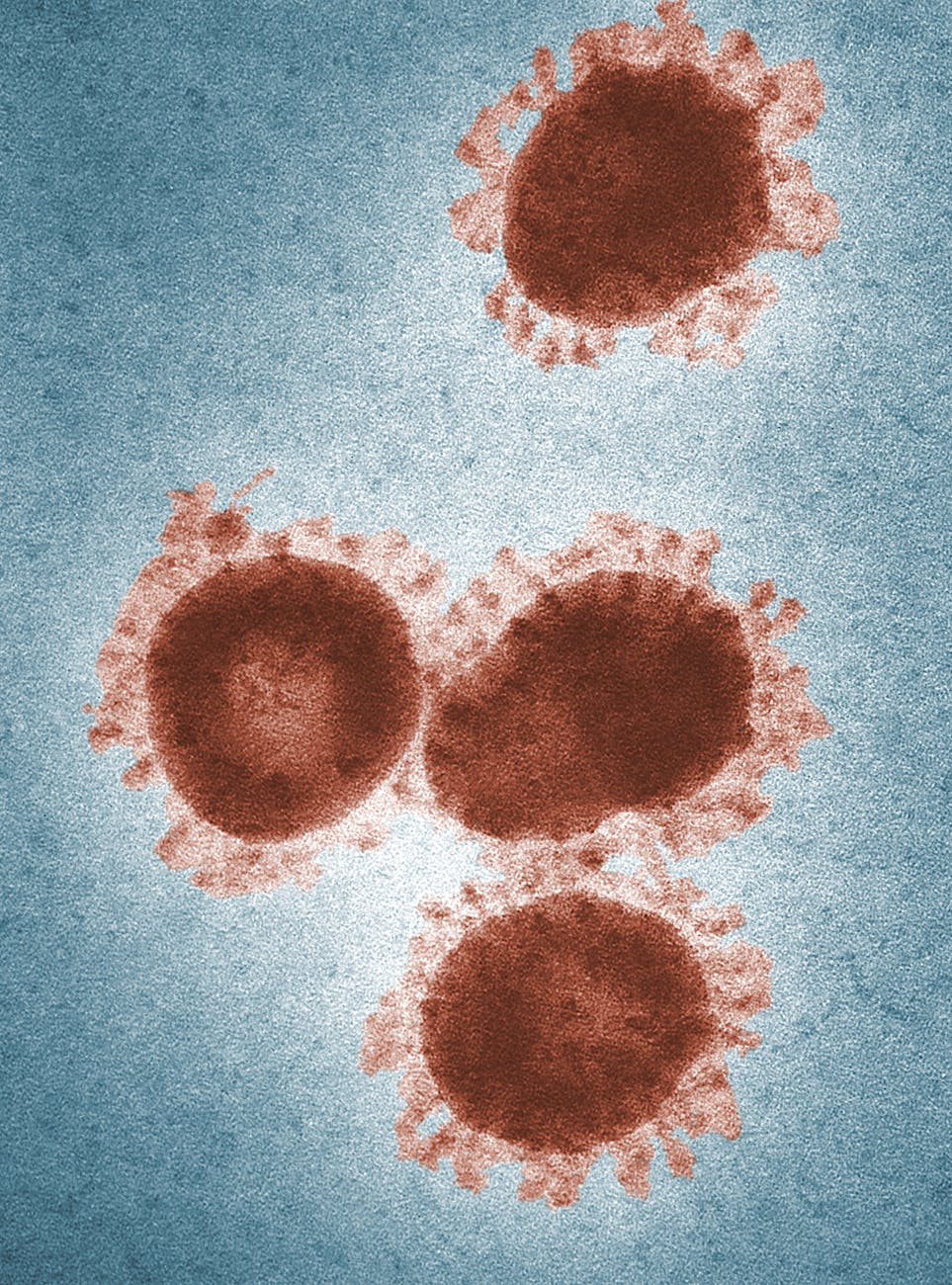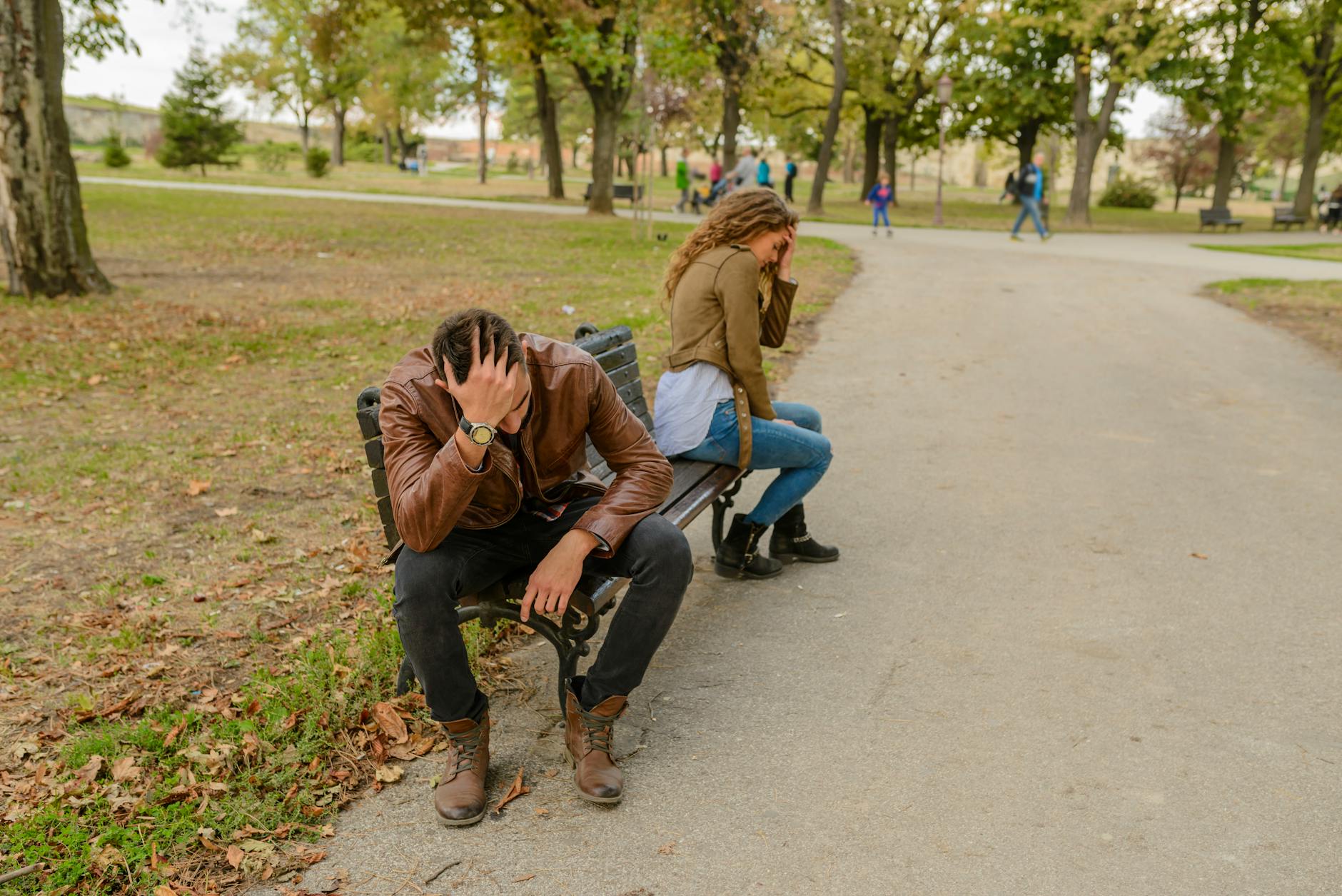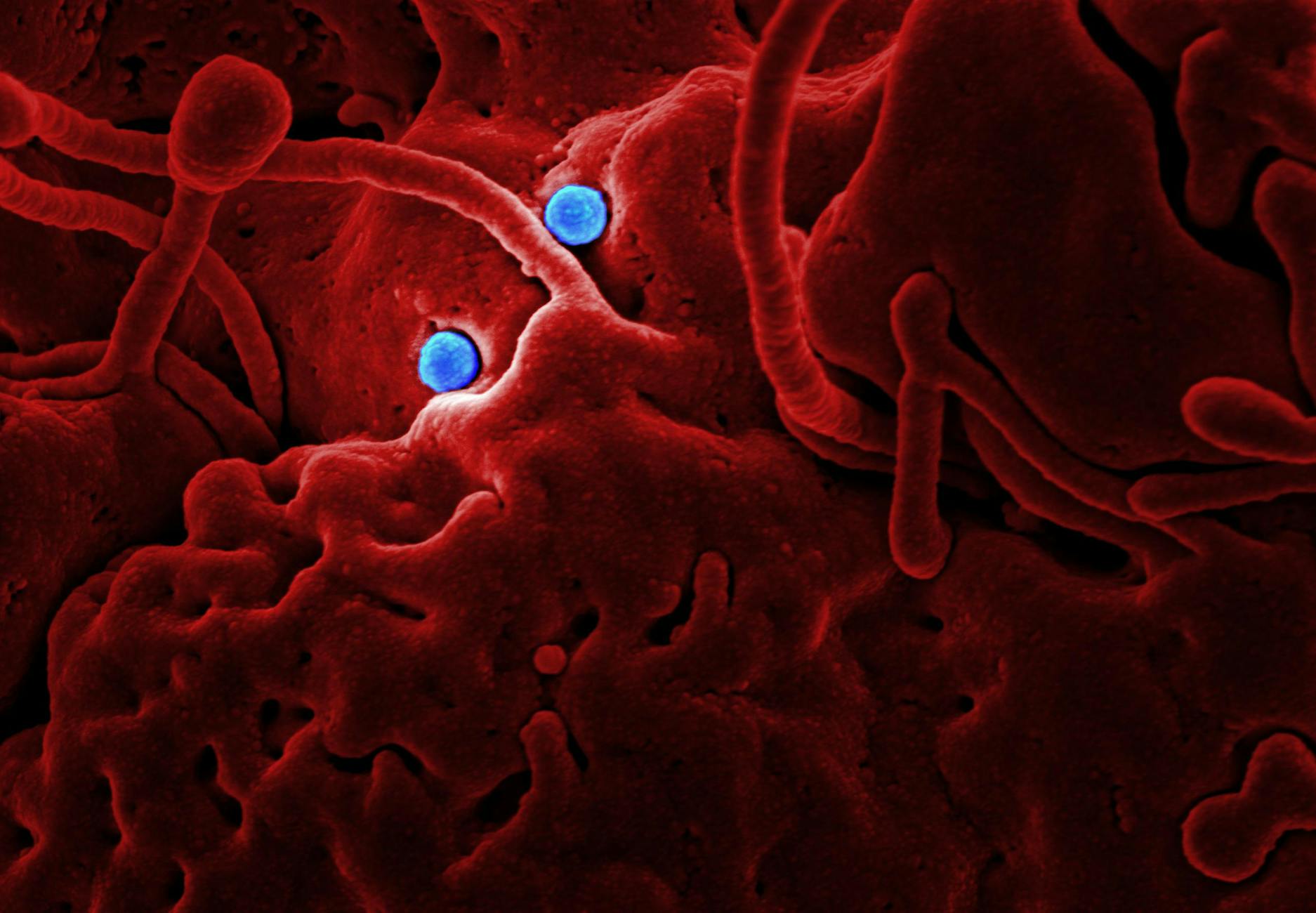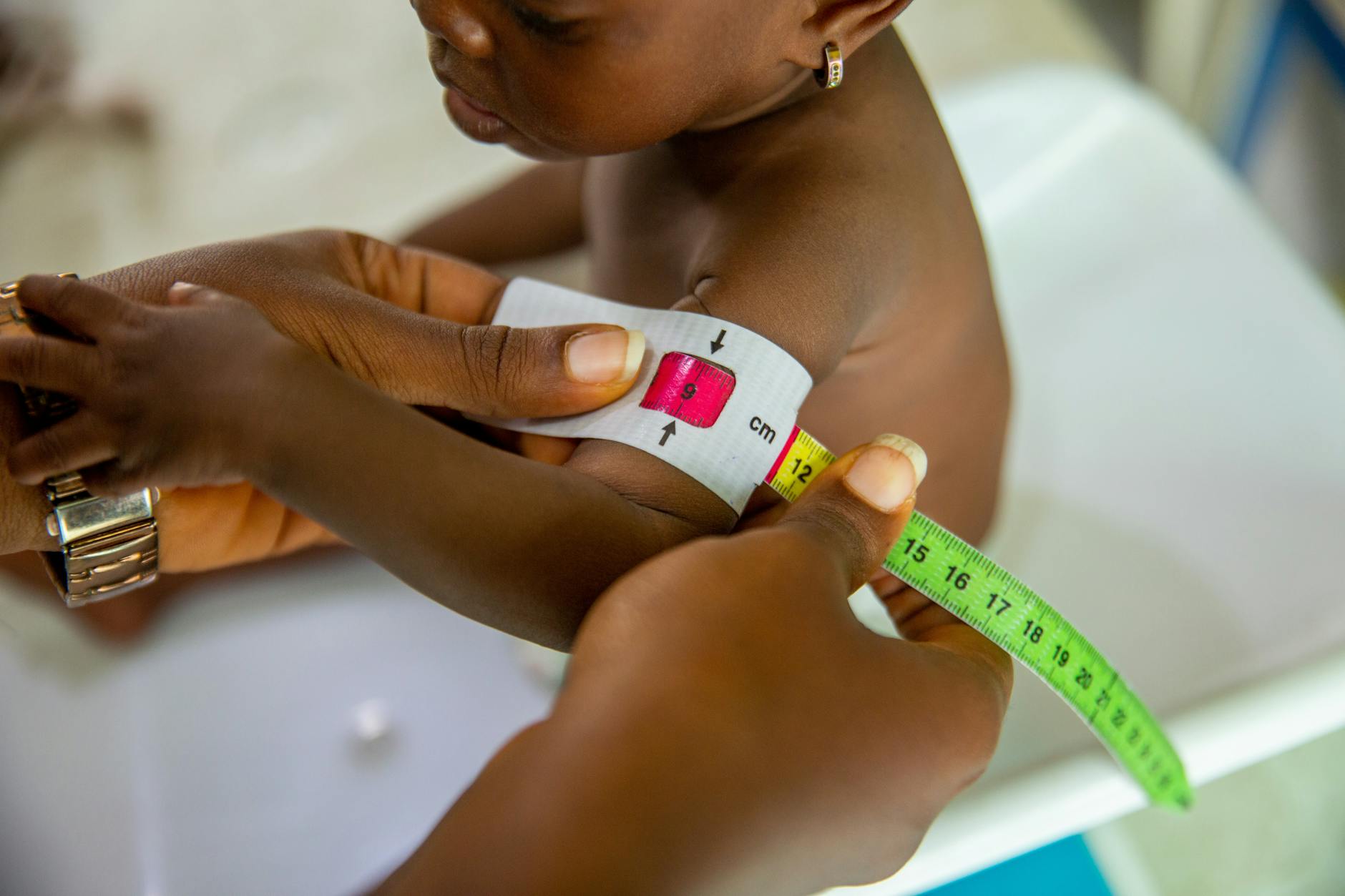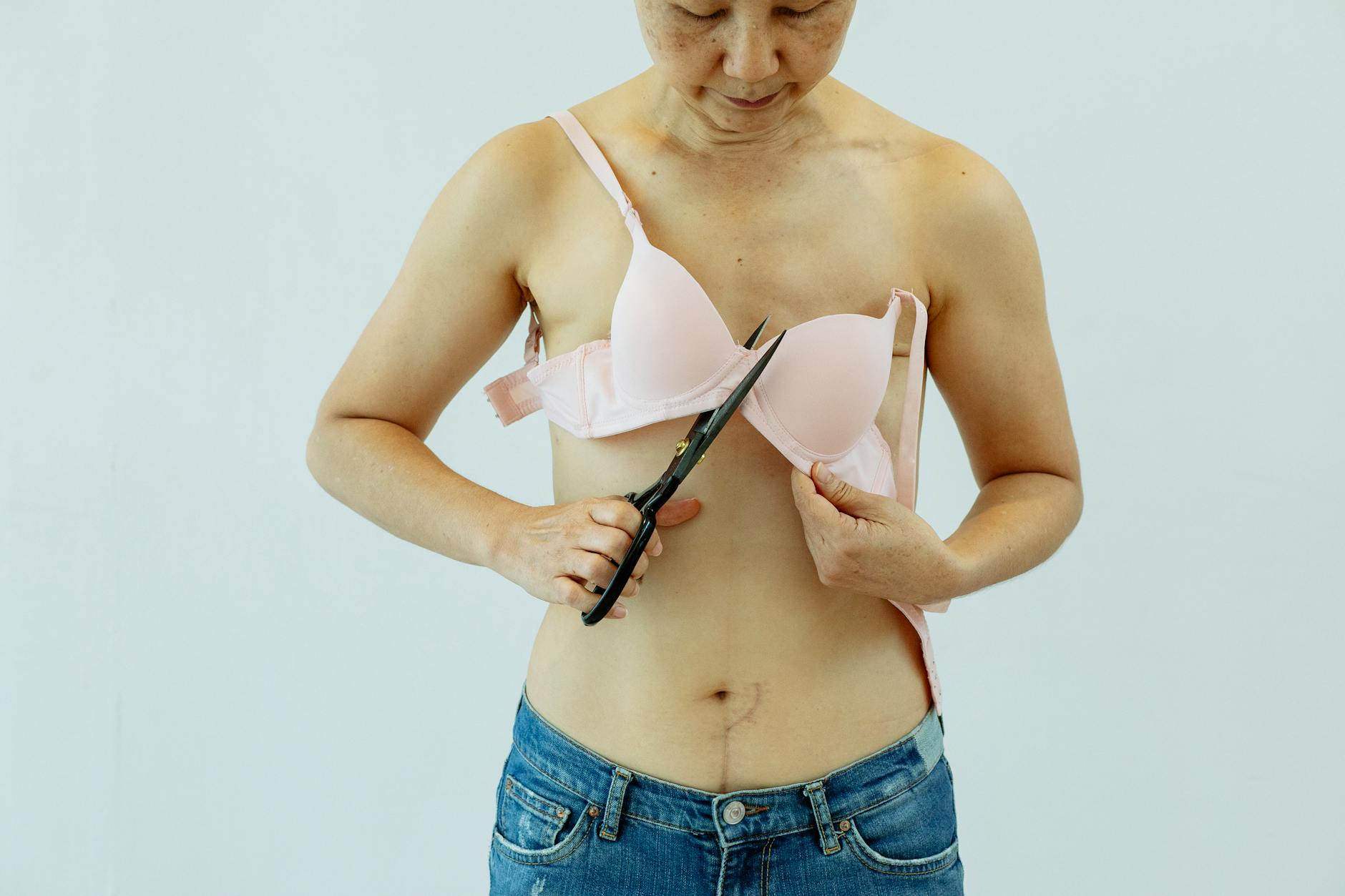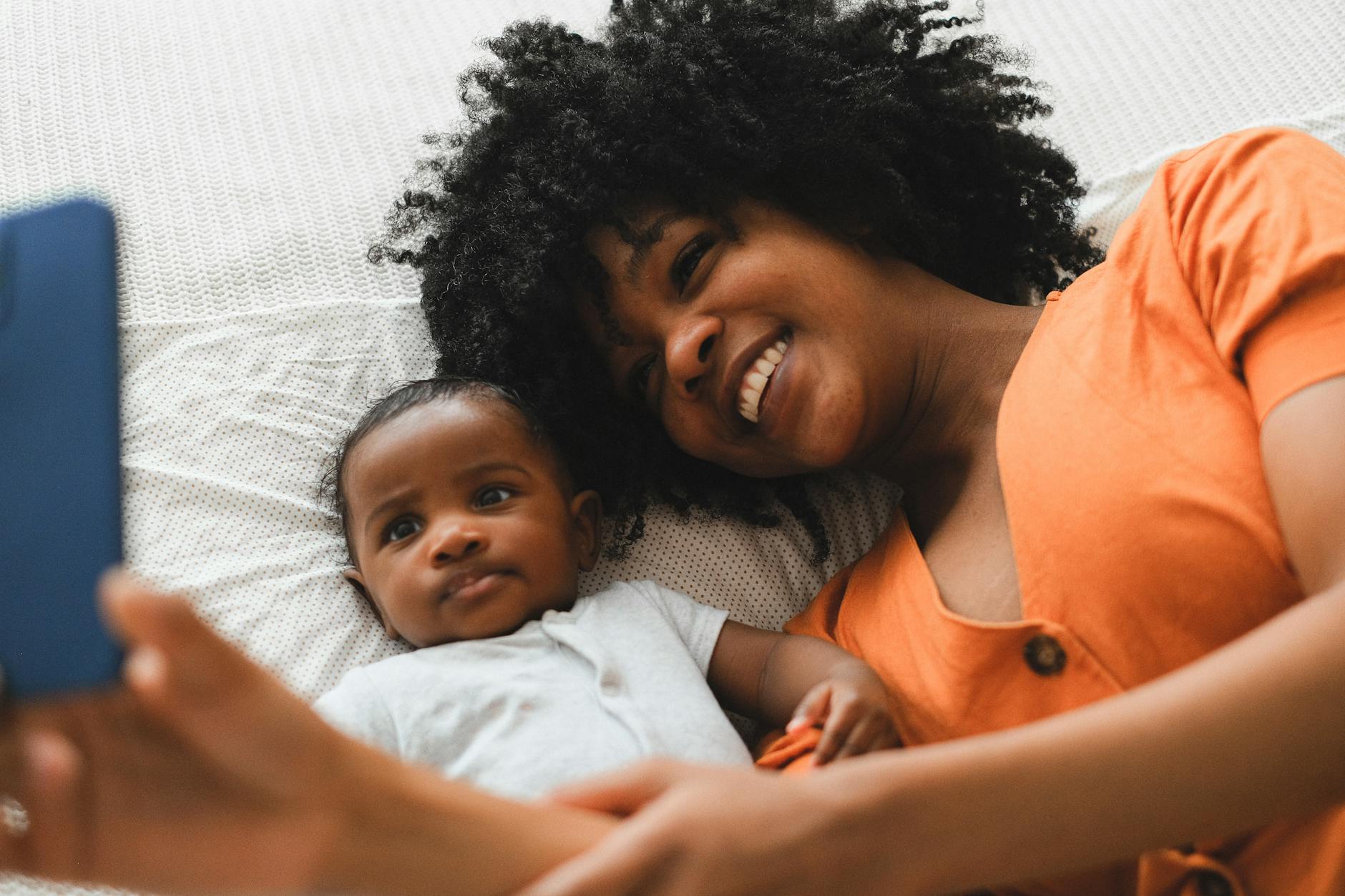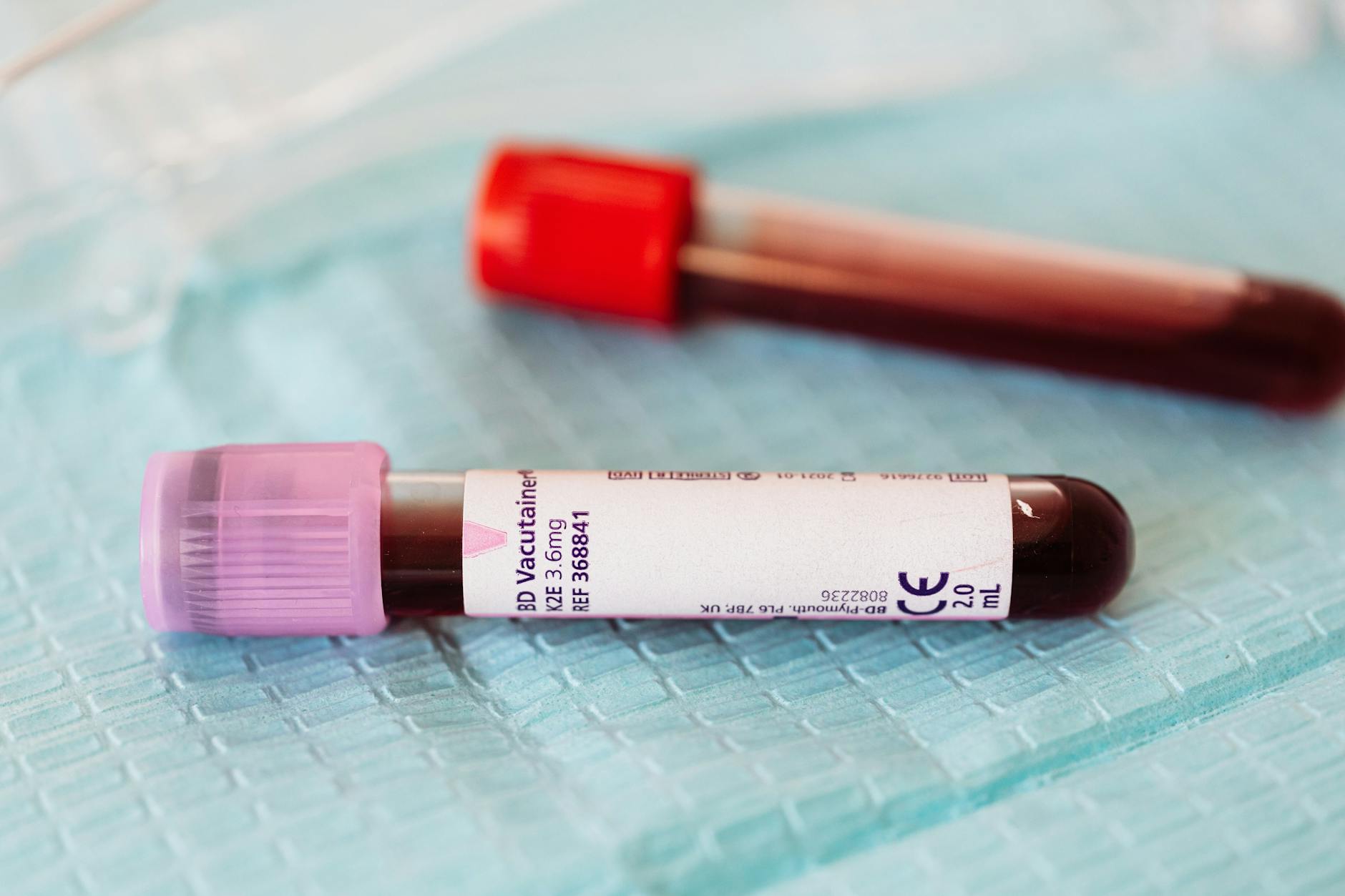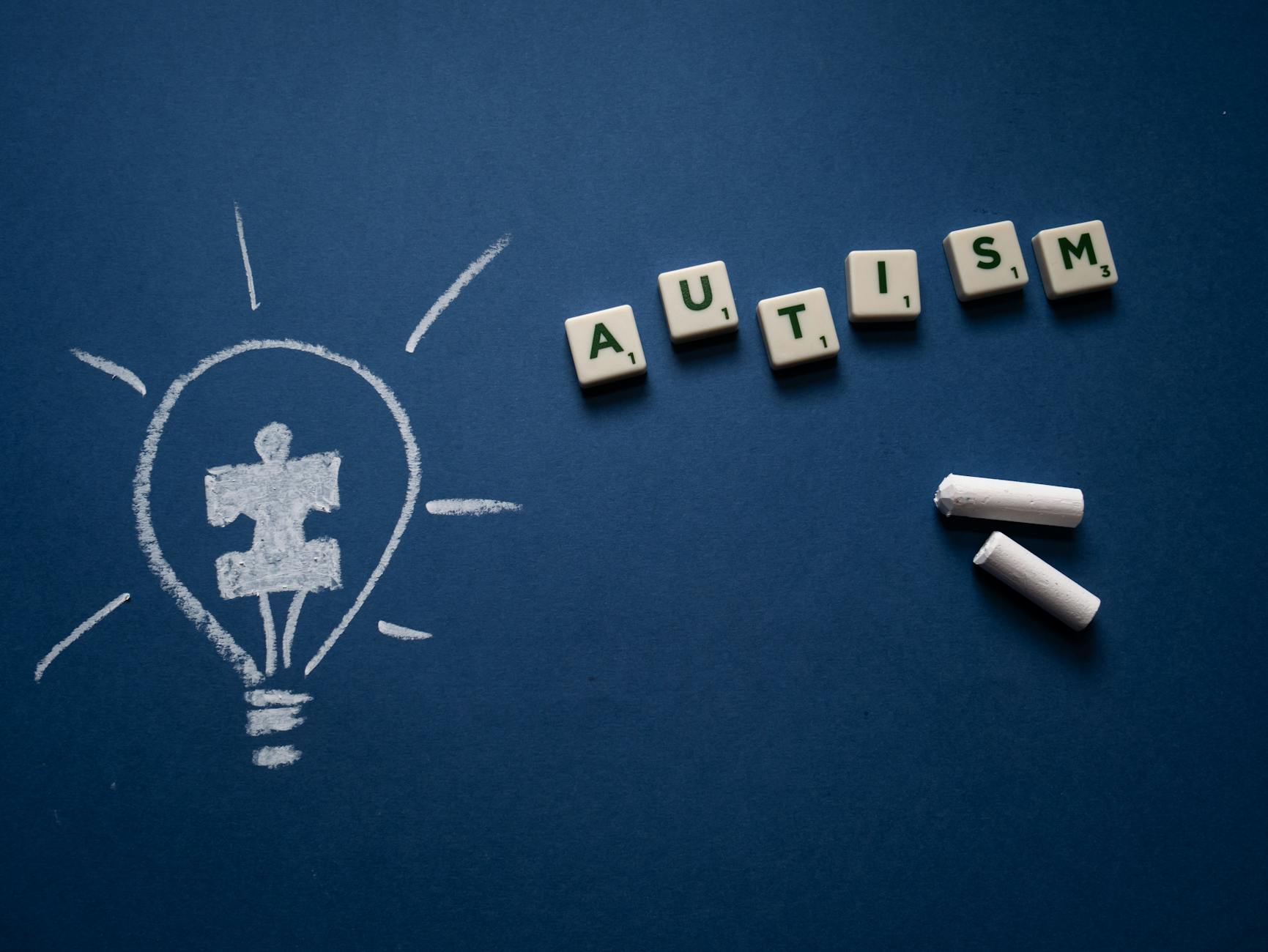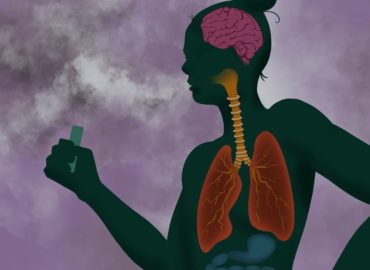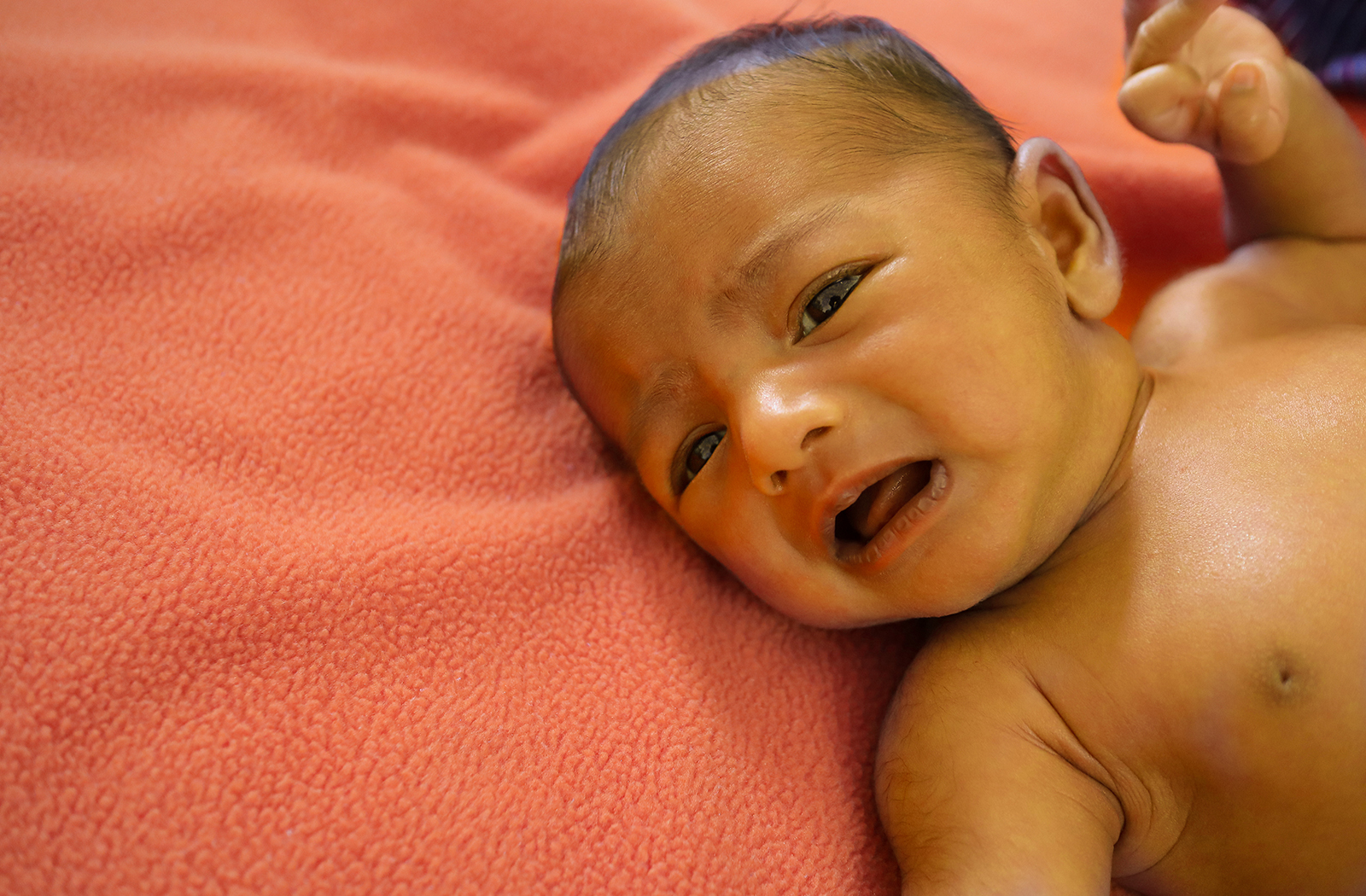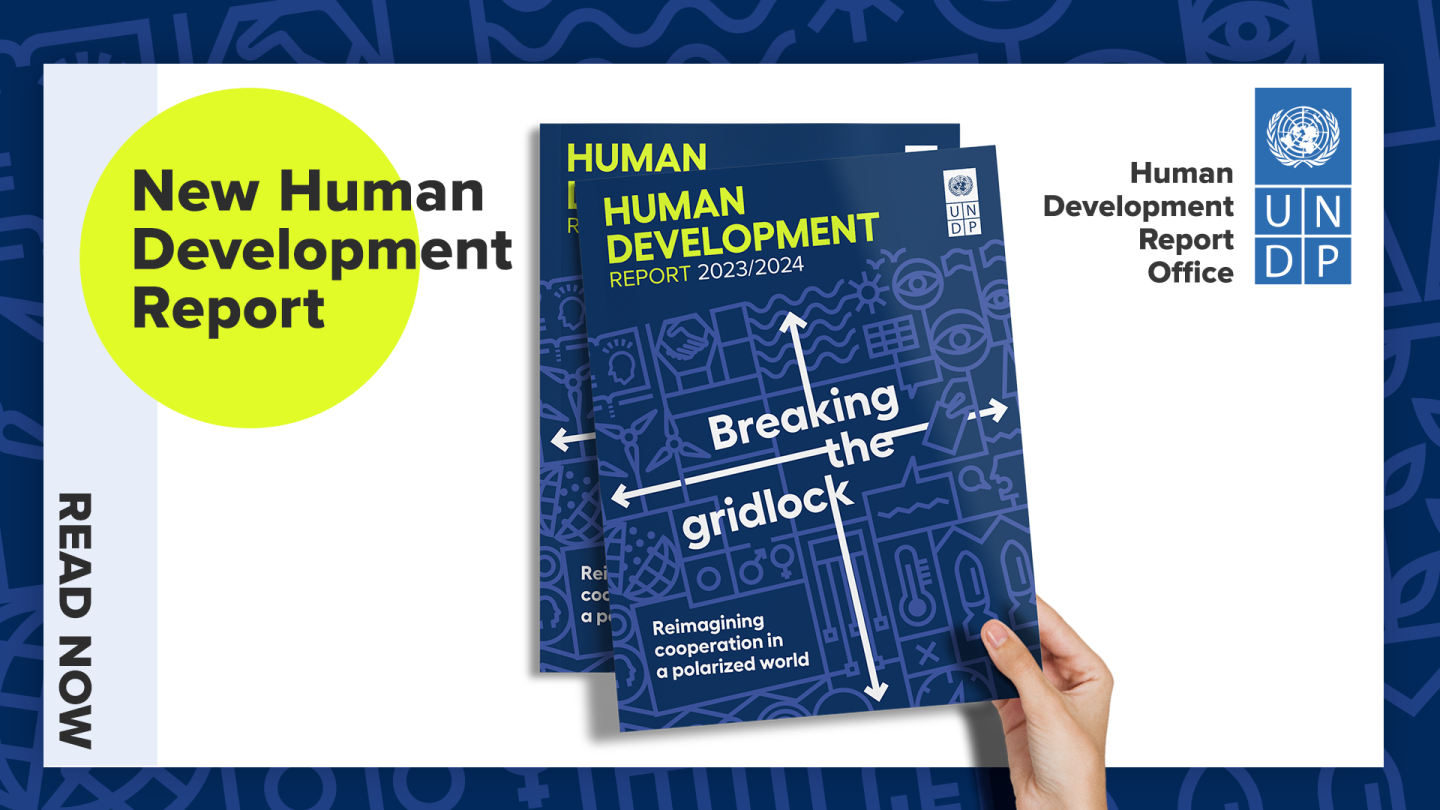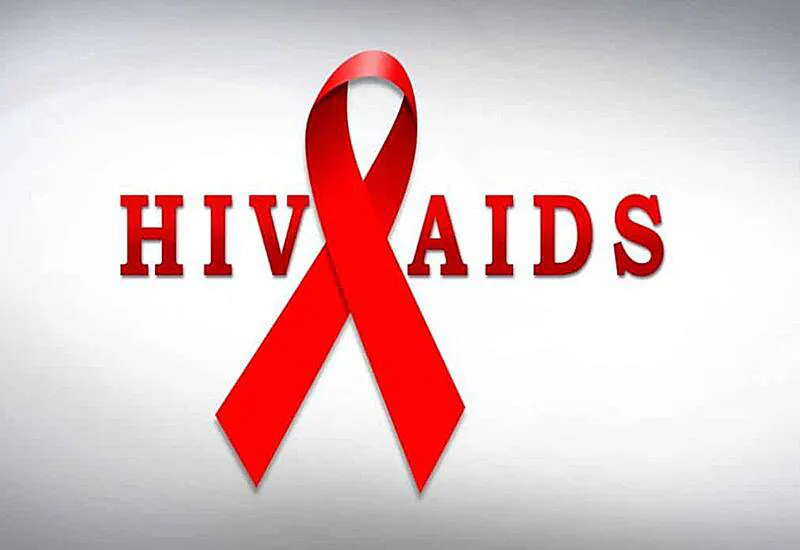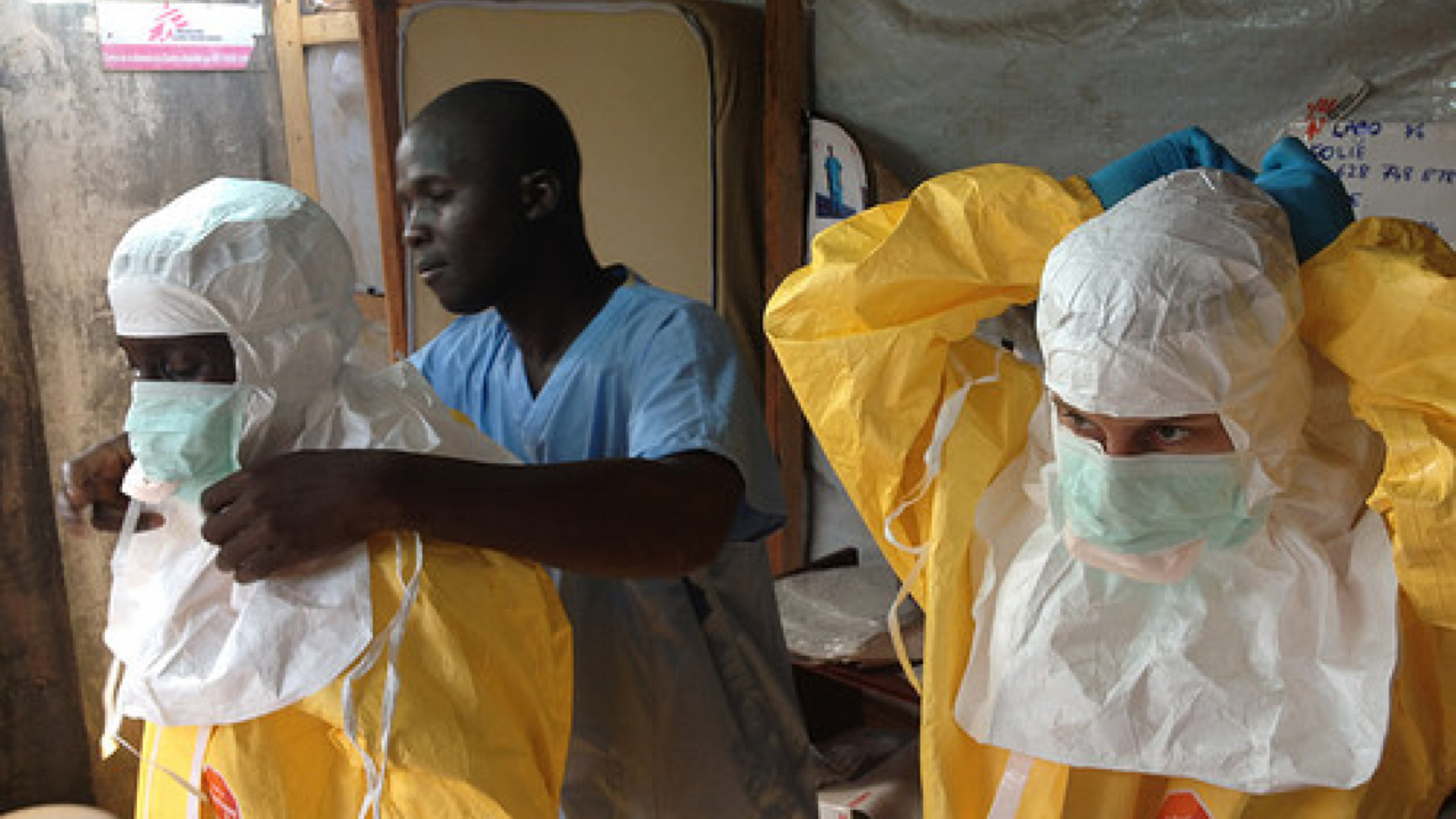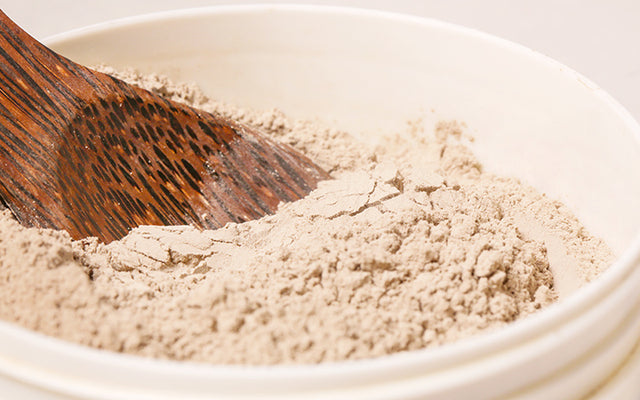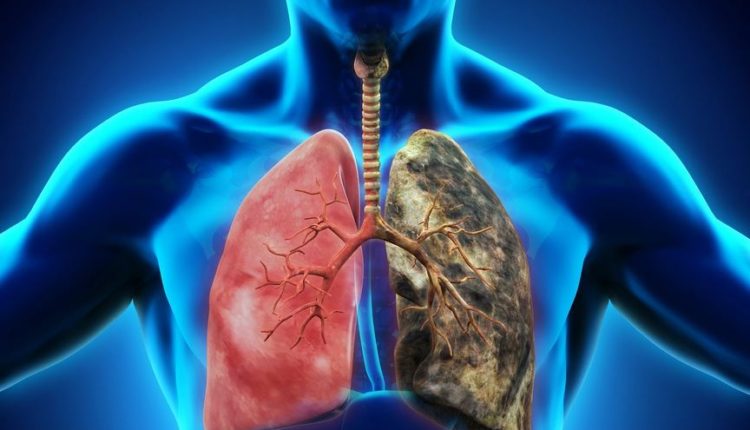
Respiratory diseases are among the most common health problems affecting children worldwide. They range from mild conditions like common colds to more serious infections such as pneumonia, asthma attacks, and bronchiolitis. Because children have developing immune systems and smaller airways, they are more vulnerable to breathing difficulties and complications. Understanding the causes, warning signs, and proper care can save lives and improve children’s long-term health.
What Are Respiratory Diseases?
Respiratory diseases are conditions that affect the airways, lungs, and breathing system. They often interfere with airflow, oxygen exchange, and the normal functioning of the lungs.
These illnesses may be infectious (caused by viruses or bacteria) or non-infectious (like asthma or allergies).
Common Respiratory Diseases in Children
- Common Cold
A viral infection affecting the nose and throat. Usually mild but can worsen in infants.
- Pneumonia
A serious lung infection caused by bacteria, viruses, or fungi. It remains one of the leading causes of death in children under five.
- Asthma
A long-term condition where the airways become inflamed, swollen, and narrow. Triggered by dust, smoke, fumes, cold air, and infections.
- Bronchiolitis
Common in babies under two years. Caused mainly by Respiratory Syncytial Virus (RSV). Leads to wheezing and difficulty breathing.
- Influenza (Flu)
A viral infection causing fever, headache, cough, and body pain. Can progress to pneumonia.
- Tuberculosis (TB)
A bacterial infection that affects the lungs and can spread to other organs. More severe when children have weak immunity.
- Whooping Cough (Pertussis)
Causes severe coughing fits followed by a “whoop” sound. Very dangerous for infants.
Causes of Respiratory Diseases
- Viral Infections
Most respiratory illnesses in children are caused by viruses such as:
- RSV
- Influenza virus
- Rhinovirus
- Adenovirus
These spread easily through droplets, hands, or contaminated surfaces.
- Bacterial Infections
Bacteria like Streptococcus pneumoniae, Mycoplasma pneumoniae, and Staphylococcus species can cause severe lung infections.
- Allergens
Dust, pollen, mould, animal fur, and smoke can trigger asthma or allergic reactions.
- Air Pollution
Indoor and outdoor pollution, such as smoke from cooking fires, vehicle fumes, and dust, significantly increases the risk.
- Poor Ventilation
Crowded rooms and lack of fresh air encourage the spread of infections.
- Weak Immune System
Premature babies, malnourished children, and those with chronic illnesses are more likely to get respiratory diseases.
Symptoms of Respiratory Diseases
Symptoms may vary depending on the illness, but common signs include:
- Persistent cough
- Fever
- Runny or blocked nose
- Difficulty or fast breathing
- Wheezing or whistling sound
- Chest pain
- Poor feeding (especially in babies)
- Fatigue or weakness
- Bluish lips or fingertips (severe, emergency sign)
Warning Signs of Severe Respiratory Illness
Seek urgent medical attention if the child:
- Breathes very fast or struggles to breathe
- Has chest indrawing (ribs sucking in while breathing)
- Cannot drink or breastfeed
- Has continuous vomiting
- Appears very sleepy or unresponsive
- Has blue or pale lips
- Has a high fever lasting more than 3 days
- Has seizures
These symptoms indicate a medical emergency.
Diagnosis
Health workers may diagnose respiratory diseases using:
- Physical examination
- Listening to the chest with a stethoscope
- Chest X-rays (for pneumonia or TB)
- Blood tests
- Sputum tests (for TB)
- Pulse oximetry to check oxygen levels
Treatment of Respiratory Diseases
- Viral Infections
Most viral infections are self-limiting. Treatment focuses on supportive care:
- Plenty of fluids
- Rest
- Fever reduction (paracetamol, not aspirin for children)
- Saline nose drops to clear congestion
Antibiotics are NOT needed unless a bacterial infection is confirmed.
- Bacterial Infections
Require antibiotics prescribed by a healthcare professional. Completing the full course is essential.
- Asthma
Treatment includes:
- Inhalers (bronchodilators) to open airways
- Steroids to reduce inflammation
- Avoiding asthma triggers
Children with severe asthma may need emergency care.
- Pneumonia
Can be viral or bacterial. Bacterial pneumonia needs antibiotics; severe cases require oxygen therapy and hospital admission.
- Bronchiolitis
Treatment is supportive:
- Oxygen therapy if needed
- Hydration
- Monitoring for breathing difficulties
- TB Treatment
Children with TB require several months of anti-TB medications under strict medical supervision.
Prevention of Respiratory Diseases
- Good Hygiene
- Regular handwashing with soap
- Covering mouth and nose when coughing
- Using tissues and disposing of them properly
- Immunization
Vaccines protect against:
- Pneumonia (PCV)
- Influenza
- Whooping cough
- Tuberculosis (BCG)
- Measles (preventing measles pneumonia)
- Reduce Indoor Air Pollution
- Use improved cookstoves
- Ensure proper ventilation
- Avoid burning charcoal indoors
- Keep children away from smoke
- Reduce Outdoor Air Pollution Exposure
- Avoid heavy traffic areas when possible
- Keep windows closed during dusty weather
- Keep Homes Clean
- Remove dust, mould, and pet dander
- Wash beddings regularly
- Use insect screens for better ventilation
- Breastfeeding
Exclusive breastfeeding for the first six months strengthens immunity.
- Adequate Nutrition
Well-nourished children fight infections better and recover faster.
Complications of Untreated Respiratory Diseases
If not treated properly, respiratory diseases can lead to:
- Severe pneumonia
- Respiratory failure
- Asthma complications
- Chronic lung disease
- Ear infections
- Sepsis
- Death
Early detection and treatment help prevent these outcomes.
Key Takeaways for Parents and Caregivers
- Respiratory diseases are common but can become severe quickly.
- Look out for breathing difficulties, this is the most dangerous sign.
- Viral infections don’t need antibiotics; misuse can cause resistance.
- Vaccination, clean air, and good hygiene are the best protections.
- Seek medical help immediately if the child struggles to breathe or becomes unusually sleepy.
Discover more from Hot Stories Ghana
Subscribe to get the latest posts sent to your email.




